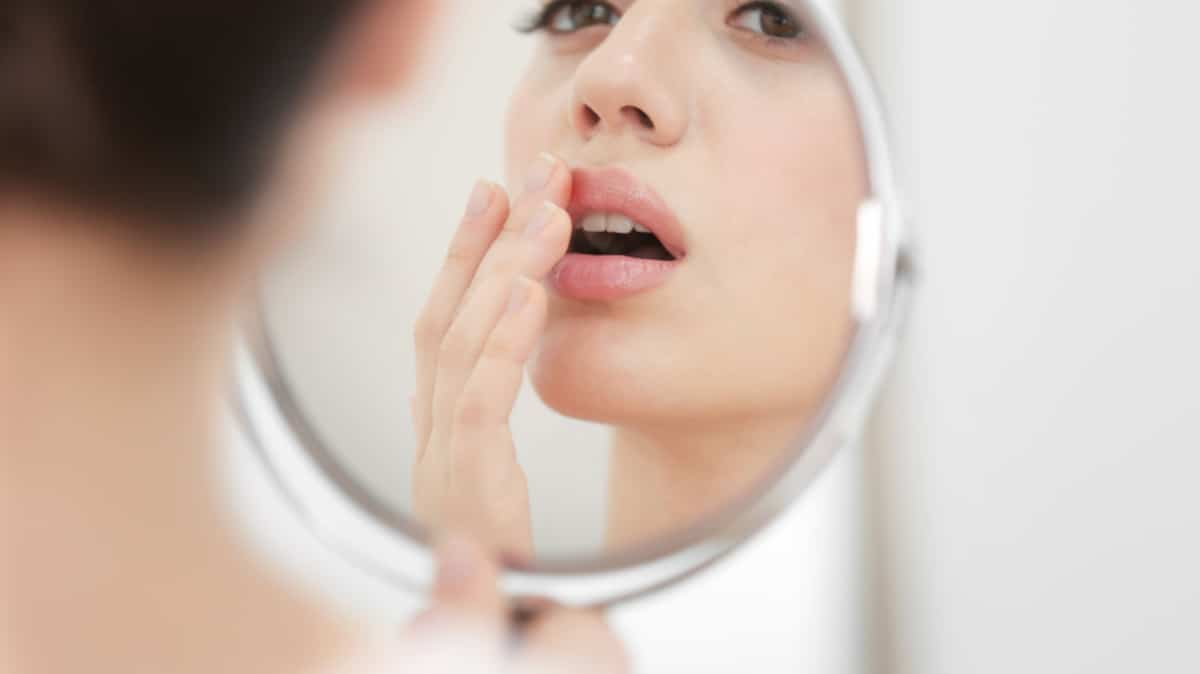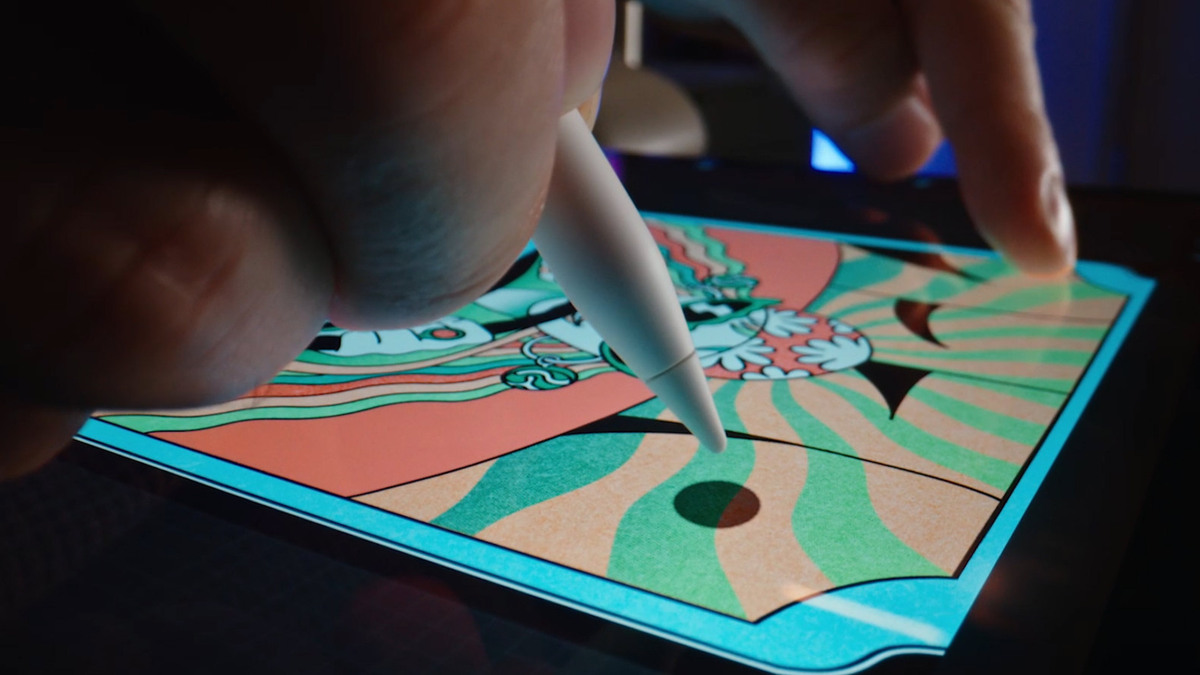Cold sore appears as painful sores near the mouth or lips. Also called cold sore or herpes labialis, this virus can bother those who suffer from it. Fortunately, solutions exist to soothe, treat and prevent the appearance of cold sores.
How to make a cold sore go away faster?
There is a golden rule to follow: Treating a cold sore quickly requires quick action. You have to be very attentive to the first symptoms: tingling, numbness, low fever, unusual fatigue. The first treatments must be carried out within the first 48 hours following the onset of symptoms. Once the first symptoms appear, it is impossible to completely get rid of them within hours. However, there are medications or natural treatments to relieve pain, slow progression and speed healing. Without intervention, it normally takes 10 days for the cold sore to go away on its own.
What are the possible treatments for a cold sore?
- Cold Sore Treatment, Abreva
In addition to reducing pain, itching and stinging, Abreva is clinically proven to reduce the healing time of a cold sore. The cream should be applied as soon as the first symptoms appear.
- Invisible Patches for Fever Sores, Compeed
Besides creams and gels for the treatment of cold sores, invisible patches can be applied to the lesion. Thus, the product can act for 12 hours, without interruption.
- cold sore treatment device
A heat treatment device can be applied directly to the lip to reduce the cold sore, as soon as the first symptoms appear.
- Laser treatment at the dentist
Some dental centers use laser technology to treat cold sores. This intervention will not only speed up the healing of a cold sore, but it will also prevent it from reappearing there.
- Antiviral treatment for cold sores
Doctors may prescribe antivirals for people who have recurrent episodes. These drugs can help prevent cold sores from occurring, but they can also speed healing if taken early.
How do you know if you have a cold sore?
Cold sore is an infection caused by the herpes simplex virus type 1, which looks like small, watery pimples. Most of the time, these tiny bubbles appear on the skin near the mouth or directly on the lips. After a few hours, the bubbles will burst to form a crust. To distinguish a cold sore from a pimple or ulcer, you have to be attentive to the sensations. An episode usually begins with mild tingling that progresses to a burning sensation, hence the term “cold sore”.
How do you catch a cold sore?
You should know that nearly 80% of the North American population carries this virus, but the majority will never develop apparent symptoms. Very contagious, this virus is transmitted by direct contact with the lesion or by the saliva of the infected person. Besides contagion, other causes may be responsible for the appearance of cold sores. Among the recurring causes, it should be noted that stress, sun exposure and fever can cause an episode. After an infection, the virus goes dormant. Since it is impossible to get rid of cold sores, most people will have several episodes in their lifetime. The recurrence of these varies from person to person. Although bothersome, cold sores are not dangerous. Even without treatment, the cold sore will go away on its own within a few days.


